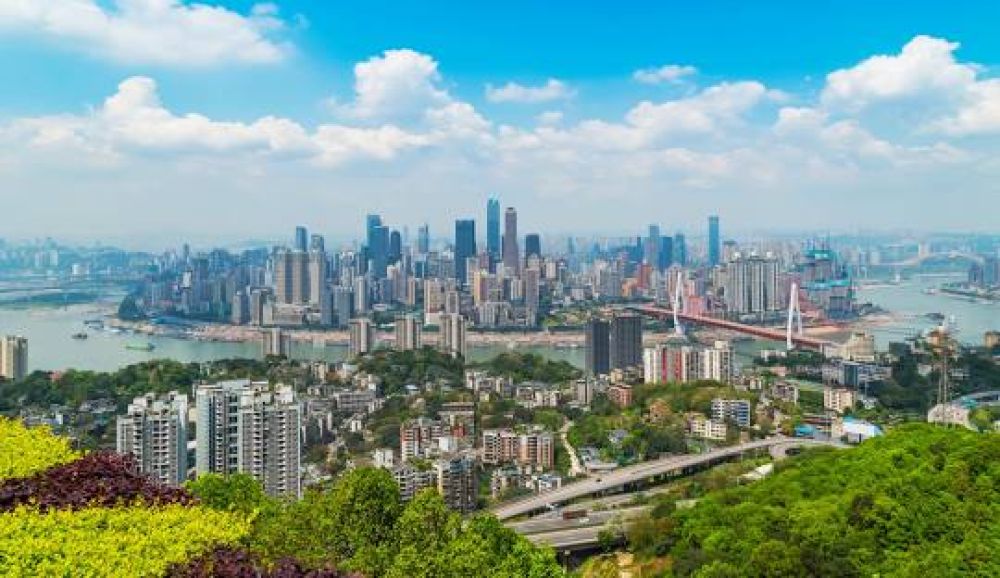

The city of Chongqing, located in the upper reaches of the Yangtze River in Southwest China, has a rich history that dates back to over 3,000 years. It became well-known as a tourist destination in the early 20th century with the construction of the Kuomintang government buildings during the Chinese Civil War, which attracted both domestic and international attention.
The earlier tourism industry in Chongqing was largely focused on domestic travel, as the challenging terrain made it inaccessible to international tourists. Its history as a wartime capital and the numerous ancient sites, including the Dazu Rock Carvings, positioned the city as a place of significant cultural heritage.
After the founding of the People's Republic of China in 1949, Chongqing's tourism began to open up progressively. In the decades that followed, the city leveraged its historical landmarks, such as the Ciqikou Ancient Town and the wartime relics, to attract tourists interested in history and culture.
With China's Open Door Policy in the late 1970s, Chongqing started to see greater development in its tourism infrastructure. The global fascination with the Yangtze River, especially the area of the Three Gorges, propelled Chongqing as a key stop for luxury cruises, significantly benefiting its tourism sector.
The Yangtze River cruises have become a focal point of tourism in Chongqing, particularly after the completion of the Three Gorges Dam in 2006, which created the largest hydroelectric power station in the world. Visitors flood to the city to embark on river journeys to witness the breathtaking natural scenery and cultural sites.
Chongqing is also renowned for its rich culinary traditions, with hot pot being an integral part of the city's tourism appeal. Food tourism has gained momentum, with numerous travelers venturing to experience the local Sichuan cuisine.
In recent years, Chongqing has embraced modern tourism trends, focusing on diverse experiences that go beyond the traditional sightseeing. The development of themed parks such as the Wulong Karst Geological Park, urban sightseeing spots like the Hongya Cave, and cultural immersion in places like the Chongqing China Three Gorges Museum, continue to attract a wide array of visitors.
Awareness of sustainable tourism practices has been on the rise. Chongqing is undertaking efforts to preserve its natural and historical sites, while promoting eco-friendly tourism, to ensure that its attractions can be enjoyed by generations to come.
In conclusion, Chongqing's tourism history reflects a journey from a culturally significant wartime stronghold to a modern metropolis renowned for its natural beauty, historical depth, and culinary richness. With its evolving tourism industry, the city continues to hold a prominent place on the global travel map.